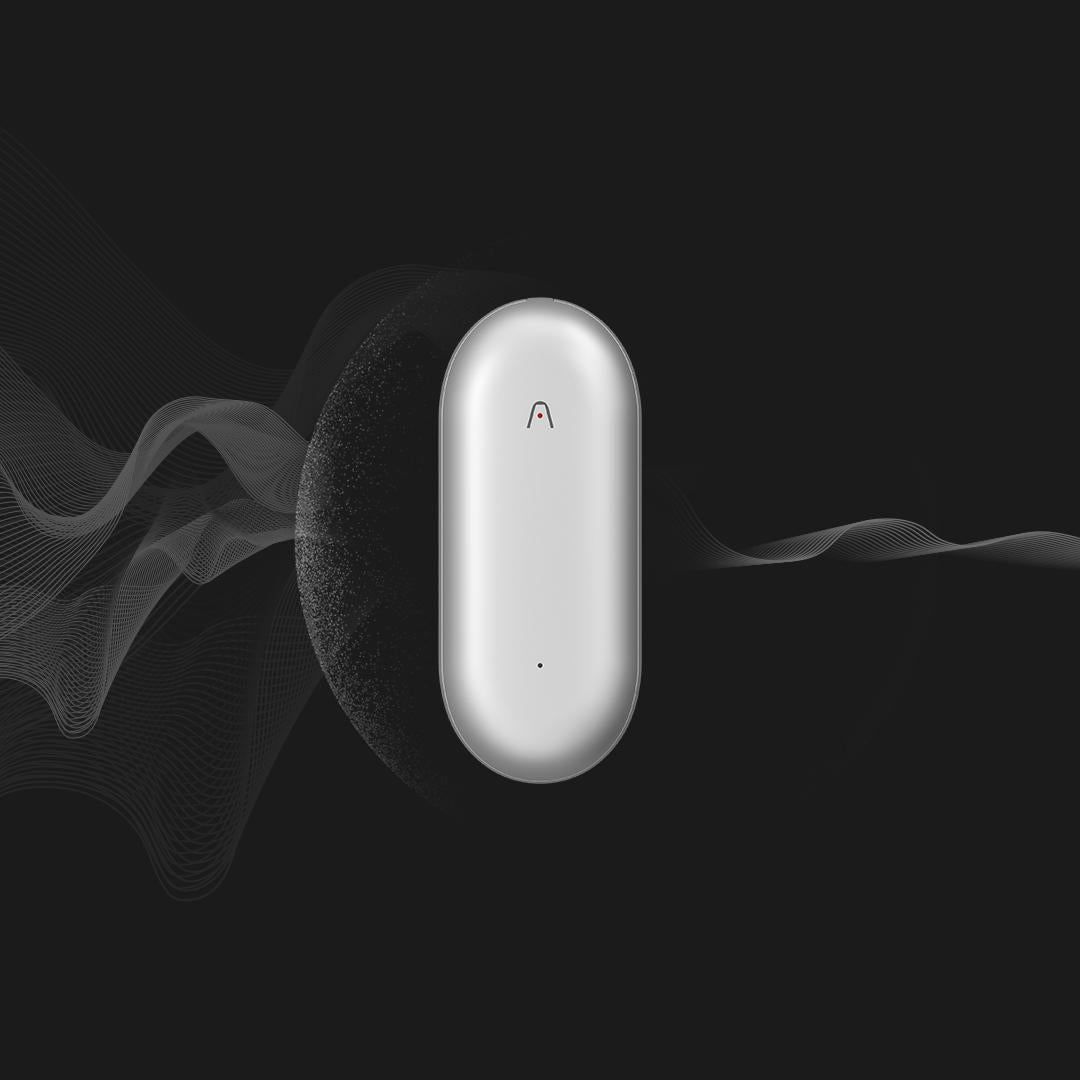Unlock the Secret to Effortless Note-Taking: Discover Your Perfect Device Today!
Effective note-taking plays a crucial role in various aspects of our lives, from academic pursuits to professional environments and even personal organization. Whether you're a student trying to grasp complex concepts, a professional aiming to capture critical meeting notes, or someone simply wanting to keep their thoughts organized, having the right tools can make all the difference. However, with an overwhelming number of options available today, selecting the perfect device for note-taking can be quite a challenge. Each option has its unique features, advantages, and potential drawbacks, which can leave many feeling uncertain about their choices. This article aims to explore different devices and help you navigate through the myriad of possibilities to find the one that suits your needs best.

Understanding Note-Taking Requirements
Before diving into the types of devices available, it’s essential to identify the specific needs you have when it comes to note-taking. Portability is a significant factor for many; students often need a lightweight solution that easily fits into their backpacks, while professionals might prefer a device that offers robust functionality without being cumbersome. User experience is another critical consideration; the ability to quickly jot down notes can significantly influence productivity. Additionally, the environment in which you’ll be taking notes plays a vital role. For instance, a classroom setting may prioritize easy navigation through notes and the ability to annotate lecture slides, while a home office might benefit from a device that integrates seamlessly with other digital tools. Understanding these requirements can help you pinpoint the ideal device to enhance your note-taking experience.
Types of Note-Taking Devices
When it comes to note-taking devices, there are various categories that cater to different preferences and styles. Digital tablets are among the most popular choices due to their versatility and advanced features, but traditional notebooks still hold a special place for those who prefer the tactile experience of writing by hand. E-readers have emerged as a lightweight alternative for those who enjoy reading and annotating texts, while hybrid devices offer a blend of both worlds, allowing users to enjoy the benefits of digital and traditional note-taking methods. Each category comes with its own set of advantages and disadvantages, which we will explore further to help you make an informed decision.
Digital Tablets
Digital tablets have gained popularity for note-taking due to their compatibility with styluses, which can mimic the feel of writing on paper. They also boast a wide range of applications designed for note organization, such as cloud storage options that allow users to access their notes from any device. Many digital tablets feature intuitive interfaces that support handwriting recognition, which can convert your handwritten notes into text, making them easily searchable. A friend of mine, who is a college student, swears by her tablet; she finds it invaluable for taking notes during lectures and appreciates the ability to incorporate multimedia elements like images and links directly into her notes.
E-Readers
E-readers may not be the first device that comes to mind for note-taking, but they offer significant advantages for those who prioritize lightweight portability and long battery life. Many e-readers allow users to highlight and annotate text directly within their reading materials, making them ideal for students who need to reference textbooks. The simplicity of e-readers, combined with their ability to hold thousands of books, can help keep note-taking organized and straightforward. A colleague of mine loves using her e-reader for reading research papers; she can easily jot down notes in the margins without the distraction of a full-fledged tablet or laptop.
Traditional Notebooks
The timeless appeal of traditional notebooks remains strong, especially among those who cherish the tactile experience of pen on paper. For many, writing by hand enhances memory retention and comprehension, creating a more engaged learning experience. These notebooks are simple and distraction-free, allowing users to focus solely on their thoughts without the interruptions often found in digital devices. A close friend of mine is devoted to her collection of notebooks; she enjoys the ritual of writing and finds that it helps her organize her thoughts more effectively.
Hybrid Devices
Hybrid devices, such as smart pens and digital notebooks, bridge the gap between digital and traditional note-taking. Smart pens allow users to write on special paper while capturing their notes digitally, offering the best of both worlds. Digital notebooks, which can sync handwritten notes to cloud services, provide a convenient way to maintain the organic feel of writing while ensuring that notes are accessible anywhere. These devices cater to those who appreciate the tactile nature of writing but also desire the organizational benefits of digital tools. A friend who uses a smart pen loves how it combines her handwritten notes with digital capabilities, making her study sessions more efficient.
Key Takeaways for Choosing Your Note-Taking Device
In summary, the best device for note-taking hinges on individual preferences and needs. Whether you lean towards the versatility of digital tablets, the simplicity of traditional notebooks, or the innovative features of hybrid devices, understanding your unique requirements is crucial in making an informed choice. Each option presents its own set of benefits and challenges, and it’s essential to consider how these factors align with your note-taking habits. Embracing effective note-taking can significantly enhance your organization and productivity, ultimately leading to greater success in your educational and professional endeavors.







Comentarios